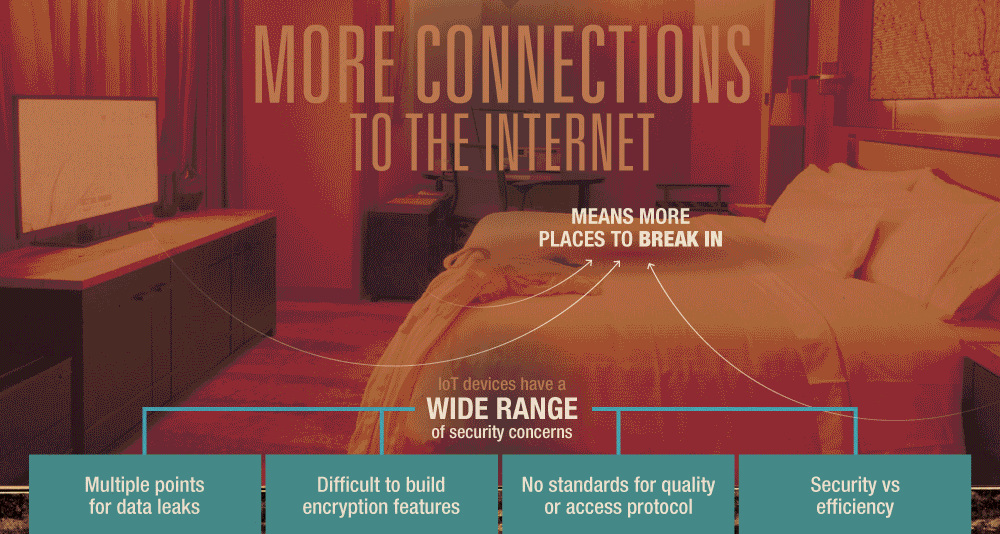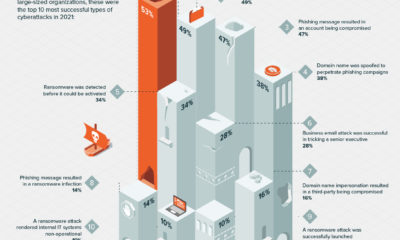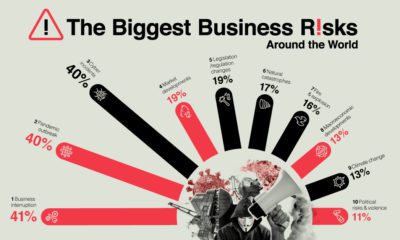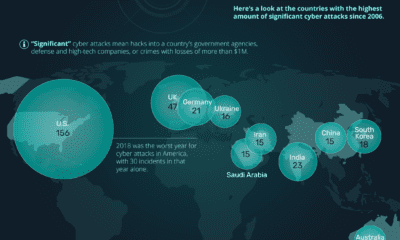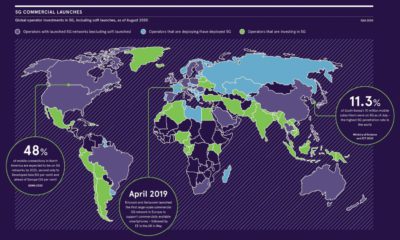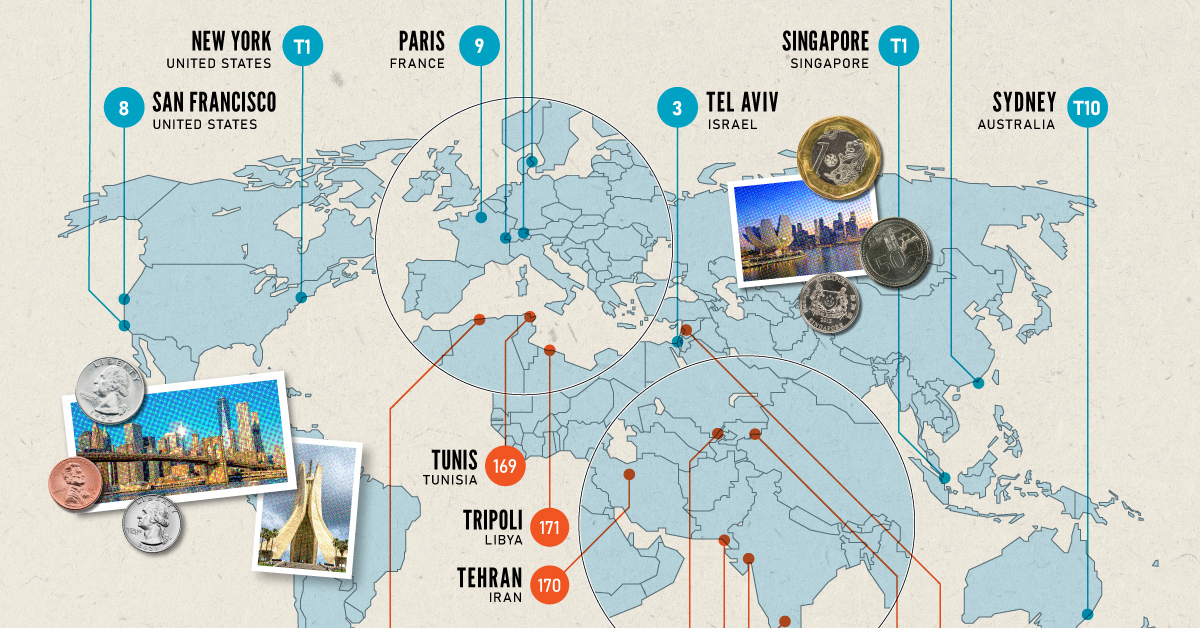However, if you are not careful, this change may not be in the positive way that is expected. As more home devices get connected to the internet, new doors get opened for hackers to potentially access your personal information. Any hacking of this data could have dire consequences to your personal life, career, or financial security. Today’s infographic from RefiGuide gives context around IoT hacking, including the range of security concerns created by new IoT devices and suggestions on how you can protect yourself.
IoT Hacking Isn’t New
Did you know that former Vice President Dick Cheney had a Wi-Fi enabled pacemaker? His cardiologist disabled this feature in 2007 to ensure that hackers couldn’t control his heartbeat. While this seems like the plot from the TV series Homeland (it was), that doesn’t make it any less possible. Internet security experts have been warning for years about the dangers of a more connected world. To date, we’ve seen the following examples of IoT hacks:
Jeep recalled 1.4 million vehicles after it was proven they could be hacked remotely Same goes for a Ford Escape, using a physical connection and laptop Over 100k IoT devices were used to block traffic to sites such as Twitter and Netflix in a DDoS attack Samsung “smart fridges” were found to leave Gmail login credentials vulnerable to hackers
Despite thousands of new IoT devices hitting the market, the fact is that many lack sufficient encryption features. This makes them particularly vulnerable. Further, connected devices provide multiple entrances for would-be hackers: the device, connected devices, data centers, and communication channels are all possible access points.
How to Protect Yourself
Until manufacturers are able to guarantee that basic cybersecurity measures are in place for new IoT devices, there are a few ways you can protect yourself. First, make strong passwords for your router and connected devices, and consider disabling them when you are away from home for extended periods of time. Don’t connect devices that you don’t need – consider holding off on your Wi-Fi connected “smart fridge” until it is something you truly need. Next, create segmented networks at home for your IoT devices, PC and mobile, and guests. Give each of them different tiers of access, such that someone hacking the IoT network will not be able to tap into your personal data. Lastly, keep your router firmware up-to-date. This is the programming it uses to function, and regularly updating firmware (either automatically or manually) means that it will be less vulnerable to hacks. on Cities become “expensive” due to a variety of factors such as high demand for housing, a concentration of high-paying businesses and industries, and a high standard of living. Additionally, factors such as taxes, transportation costs, and availability of goods and services can also contribute to the overall cost of living in global cities. The infographic above uses data from EIU to rank the world most and least expensive cities to live in. To make the list, the EIU examines 400+ prices for over 200 products and services in 172 cities, surveying a variety of businesses to track price fluctuations over the last year.
Inflation + Strong Currency = Expensive Cities
If you live in a city where many residents find it challenging to put a roof over their heads, food on their plates, and make ends meet, you live in an expensive city. But if this inflation is compounded with a strong national currency, you may live in one of the world’s most expensive cities. Singapore and New York City tied for the first rank amongst the world’s most expensive cities in 2022, pushing Israel’s Tel Aviv from the first place in 2021 to the third place in 2022. Both these cities had high inflation and a strong currency. Surprisingly, this is the Big Apple’s first time atop the ranking. The city with one of the most expensive real estate markets worldwide, Hong Kong ranked fourth in this list, followed by Los Angeles, which moved up from its ninth rank in 2021.
Poor Economies = Cheaper Cities
Asia continues to dominate the list of the world’s least expensive cities, followed by parts of North Africa and the Middle East. Though affordability sounds good at face value, sitting at the bottom of the ranking isn’t necessarily a coveted position. While the cost of living in some of the cities in these nations is low, it comes at the price of a weak currency, poor economy, and, in many cases, political and economic turmoil. The decade-long conflict in Syria weakened the Syrian pound, led to a spiraling inflation and fuel shortages, and further collapsed its economy. It’s no surprise that its capital city of Damascus has maintained its position as the world’s cheapest city. Tripoli and Tehran, the capitals of Libya and Iran, respectively, follow next on this list, reflecting their weakened economies. Meanwhile, seven cities in Asia with the common denominator of high-income inequality and low wages dominate the list of the world’s cheapest cities. These include three Indian cities, Tashkent in Uzbekistan, Almaty in Kazakhstan, Pakistan’s most populous city of Karachi, and Sri Lankan capital–Colombo.
